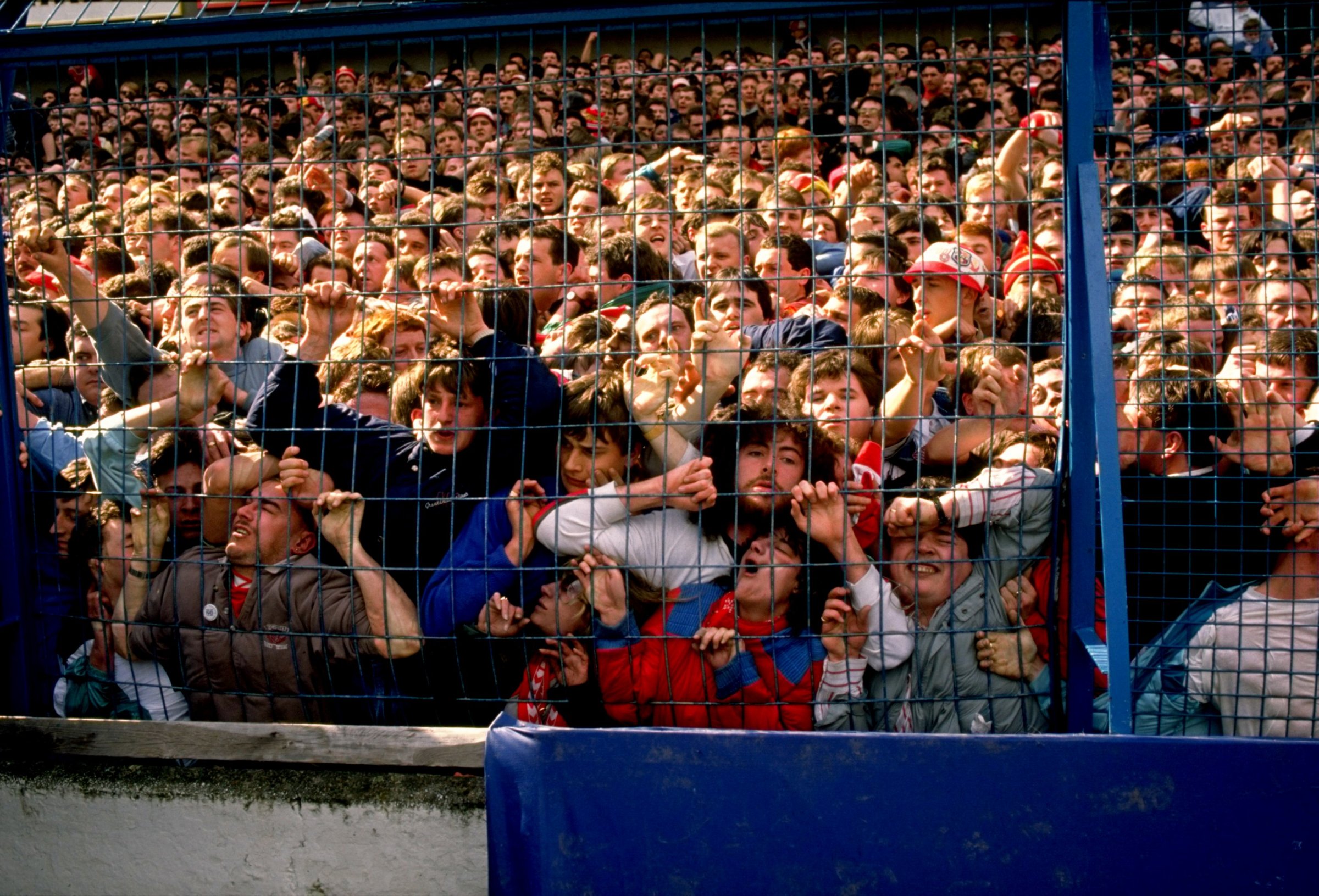
Wednesday brought news that English soccer fans have long awaited: nearly 30 years after 95 Liverpool supporters were killed at Hillsborough Stadium, prosecutors have filed charges against six people who were connected to the incident.
The catastrophe happened on April 15, 1989, when Liverpool and Nottingham Forest faced off in an FA Cup semifinal. They met on neutral ground, at Hillsborough Stadium in Sheffield, South Yorkshire. Too many Liverpool fans were backed up going through the turnstiles into the stadium, so police opened an exit gate and directed throngs of people down a tunnel and into two standing-room-only pens. Within minutes a crush developed, with spectators toward the back moving forward as more arrived until bodies were pushed up against the fencing at the front of the sections.
As TIME reported when reflecting on the incident 20 years later, the situation quickly went from bad to worse:
Hundreds more streamed in after police opened the gates to let in fans waiting outside. From within the pens, people cried out for help. Others screamed. But conditioned by hooliganism to look out for threats to public order and not to public safety, police were slow to respond.
Play was halted just five and a half minutes into the game, but it was too late: 95 people died, mostly of asphyxia. (A 96th victim passed away in 1993 after spending several years in a coma.) “Dead and injured fans lay strewn across the field,” TIME reported the following week. “After calm had been restored, Football Association officials promised a ‘full investigation’ into the tragedy.” As the magazine noted, this wasn’t the first time soccer fans had experienced disaster — in 1985, for example, two separate incidents, a fire and a stampede, had each claimed dozens of fans’ lives.
But this time around, what had happened was less clear. Who was to blame?
Police, politicians and members of the media were quick to condemn the fans themselves, arguing that they’d been drunk and disorderly, pushing their way into the arena. This did not sit right with the parents, siblings and friends of the victims. Trevor Hicks, who was separated from his two teenage daughters inside the stadium, “found them lying side by side on the pitch” after play was paused, TIME wrote in 2009. “We lost all our family,” he said. “It completely turned our lives upside down.”
Multiple probes and investigations over the years suggested that it was not the fans’ behavior, but a series of decisions by the police that may have led to the crisis. The most serious criminal allegation in the group announced on Wednesday lies with David Duckenfield, the match commander that day, who has been charged with manslaughter.
Though it has taken nearly three decades for criminal charges to be filed, more practical reactions to the tragedy have changed the face of English football. Standing-room-only areas are no longer the norm — stadiums instead offer full seating, keeping the action tamer and protecting against crushes. “For those able to remember standing on the terraces, exposed to the elements and the violence,” TIME wrote in 2009, “the Premier League’s swish arenas stand as the disaster’s most powerful legacy.”
More Must-Reads From TIME
- The 100 Most Influential People of 2024
- The Revolution of Yulia Navalnaya
- 6 Compliments That Land Every Time
- What's the Deal With the Bitcoin Halving?
- If You're Dating Right Now , You're Brave: Column
- The AI That Could Heal a Divided Internet
- Fallout Is a Brilliant Model for the Future of Video Game Adaptations
- Want Weekly Recs on What to Watch, Read, and More? Sign Up for Worth Your Time
Contact us at letters@time.com